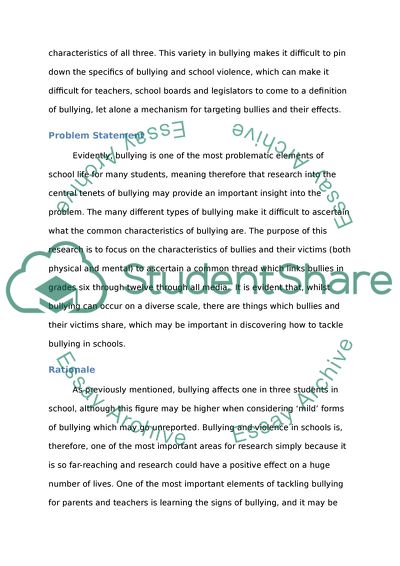Cite this document
(Characteristics of Violence in Schools Research Paper, n.d.)
Characteristics of Violence in Schools Research Paper. Retrieved from https://studentshare.org/psychology/1784466-school-violence-bullying
Characteristics of Violence in Schools Research Paper. Retrieved from https://studentshare.org/psychology/1784466-school-violence-bullying
(Characteristics of Violence in Schools Research Paper)
Characteristics of Violence in Schools Research Paper. https://studentshare.org/psychology/1784466-school-violence-bullying.
Characteristics of Violence in Schools Research Paper. https://studentshare.org/psychology/1784466-school-violence-bullying.
“Characteristics of Violence in Schools Research Paper”, n.d. https://studentshare.org/psychology/1784466-school-violence-bullying.


